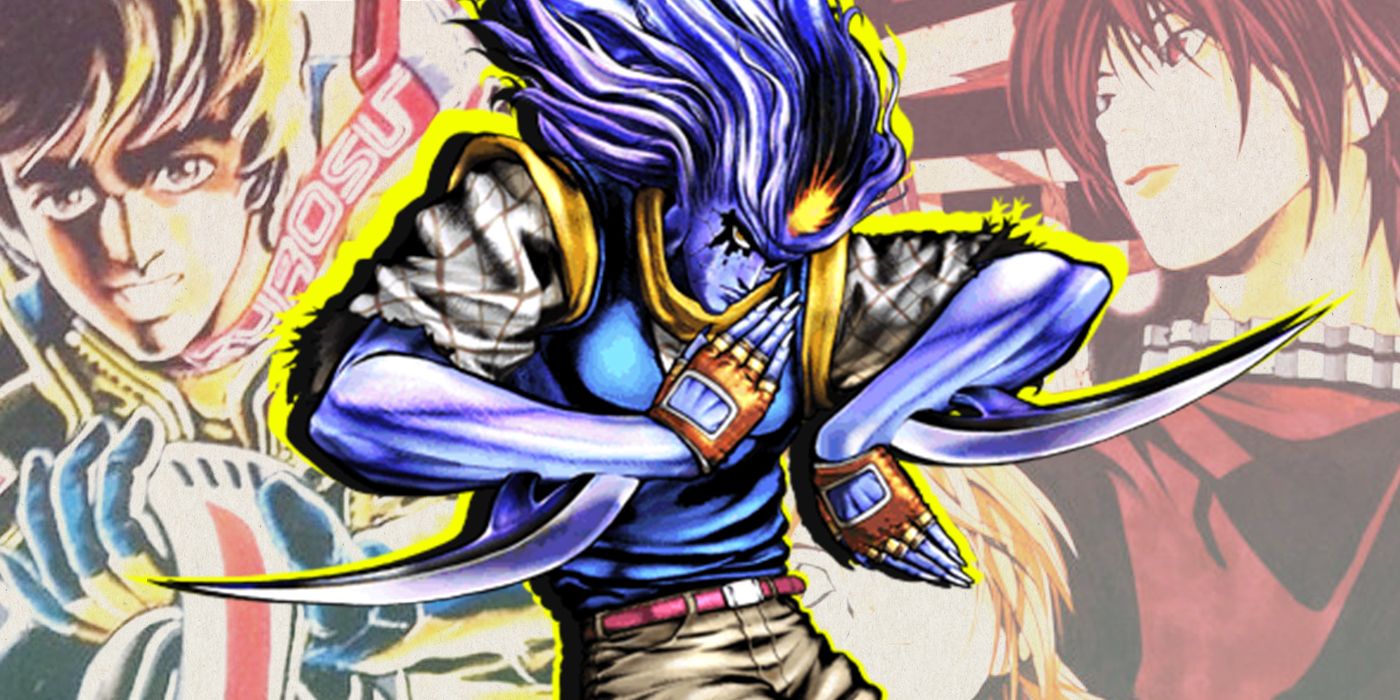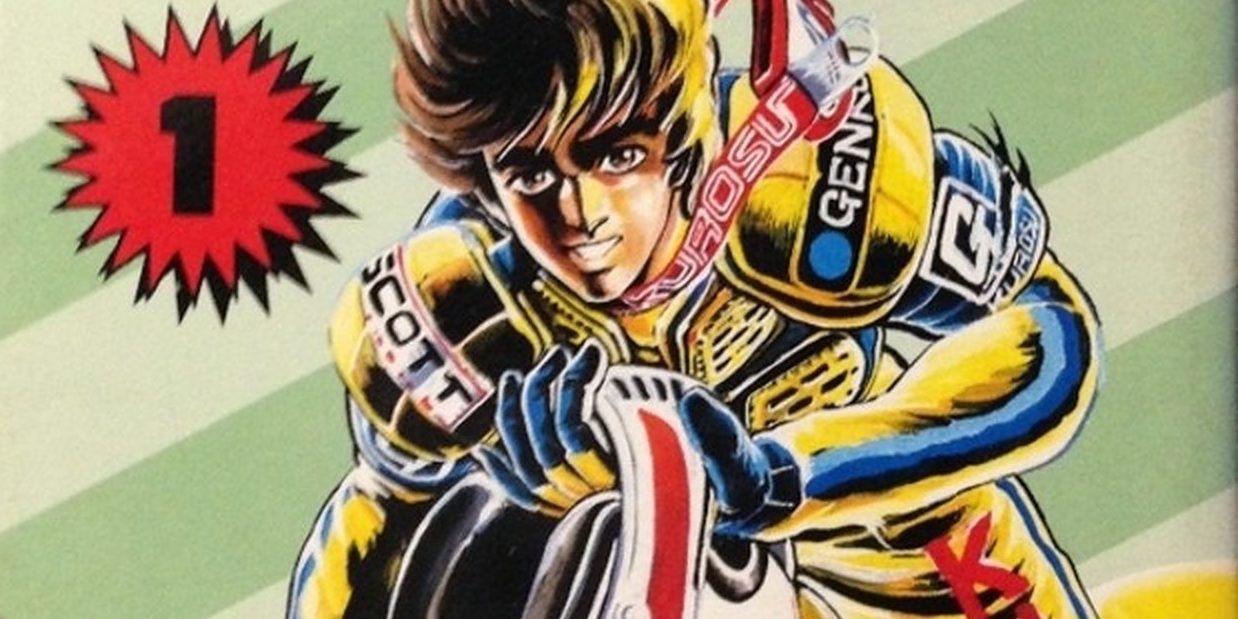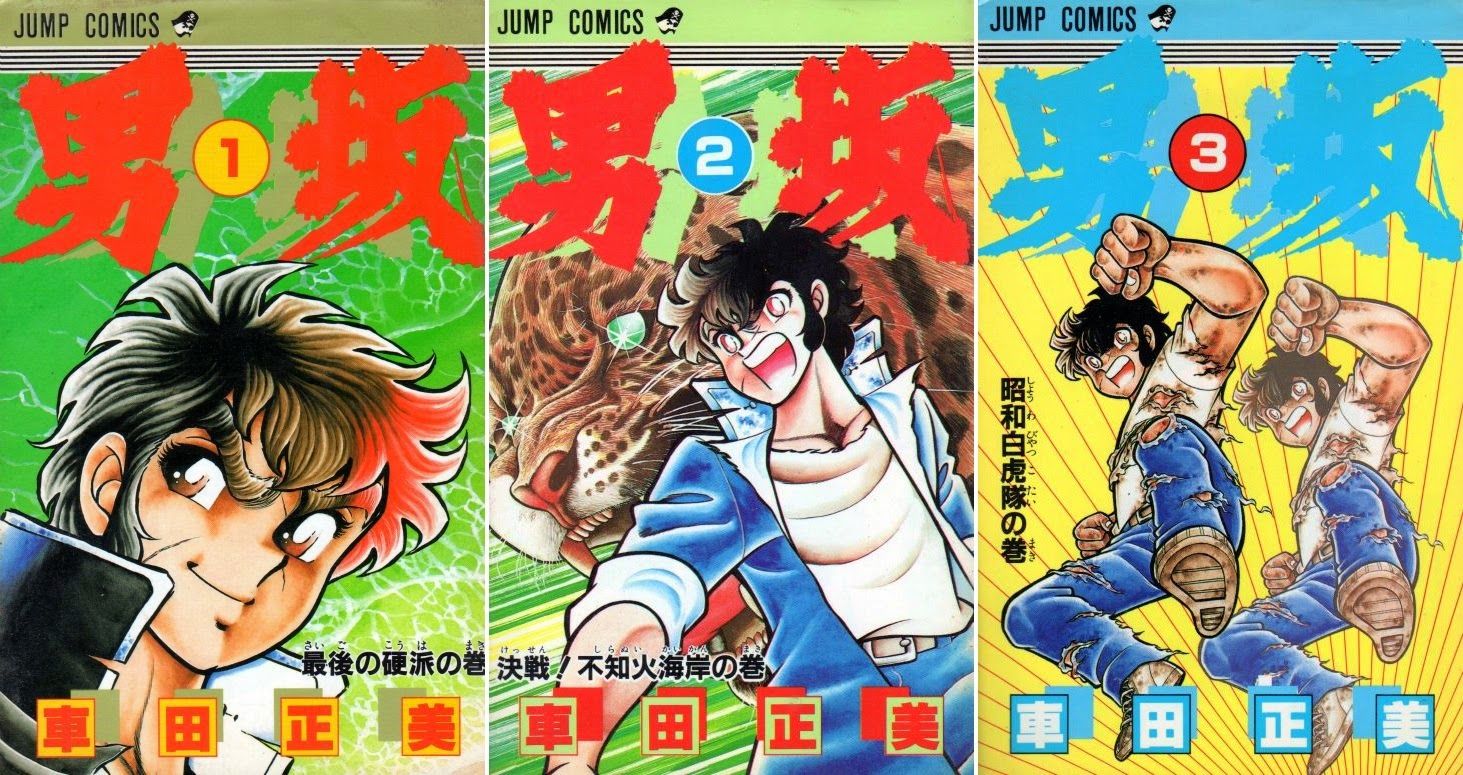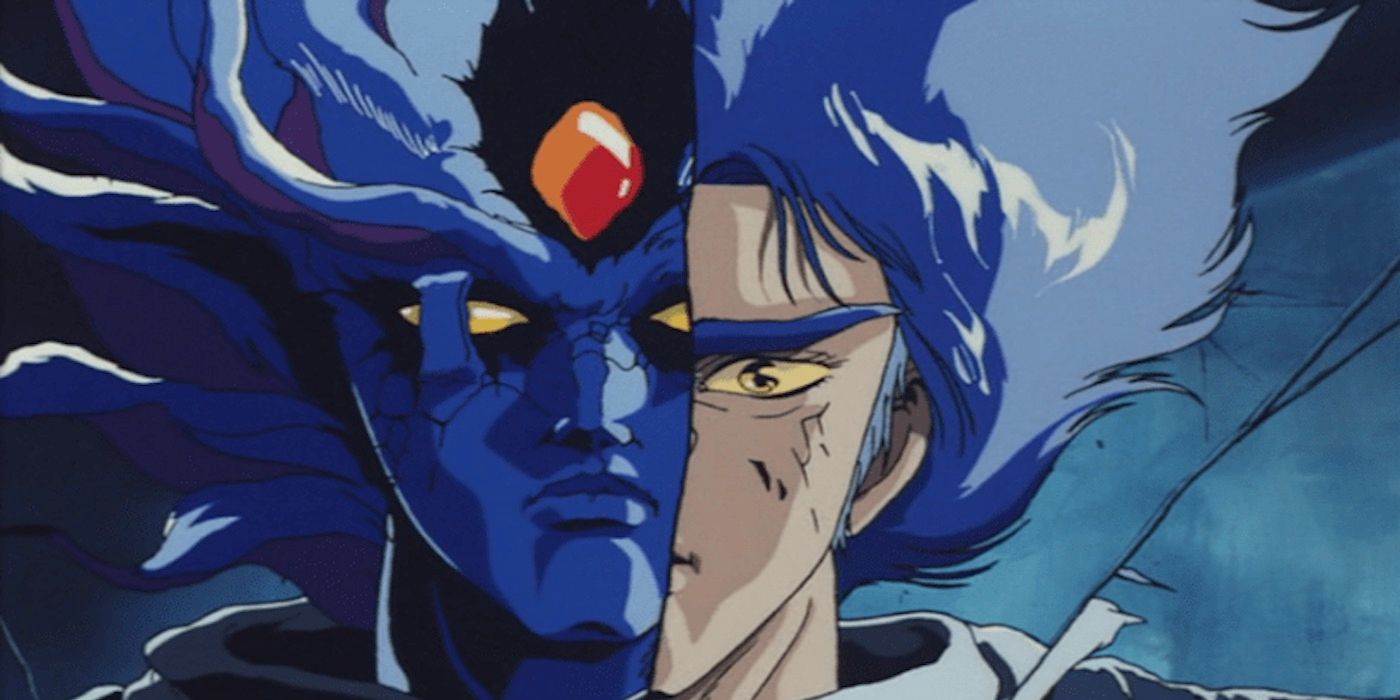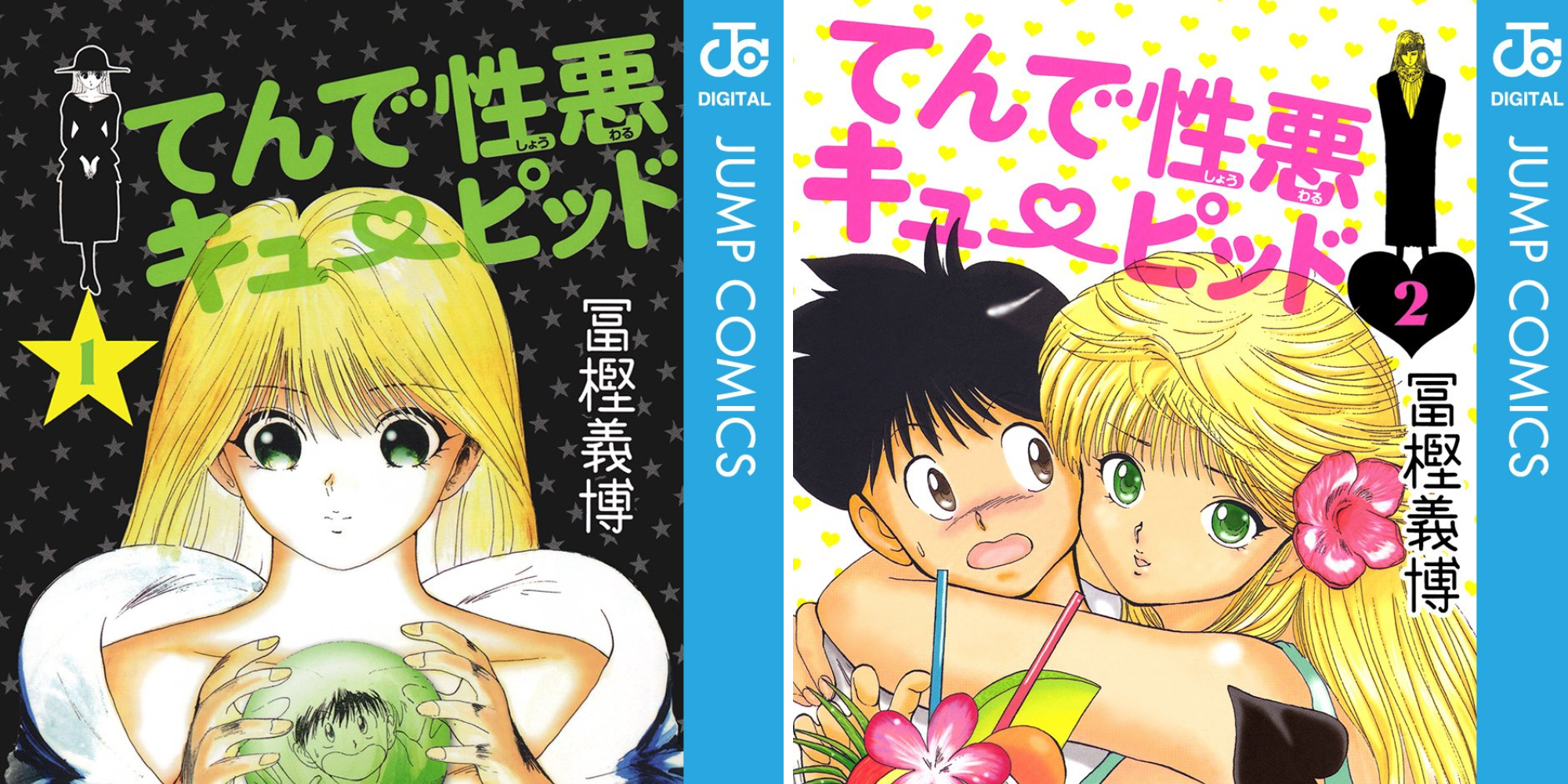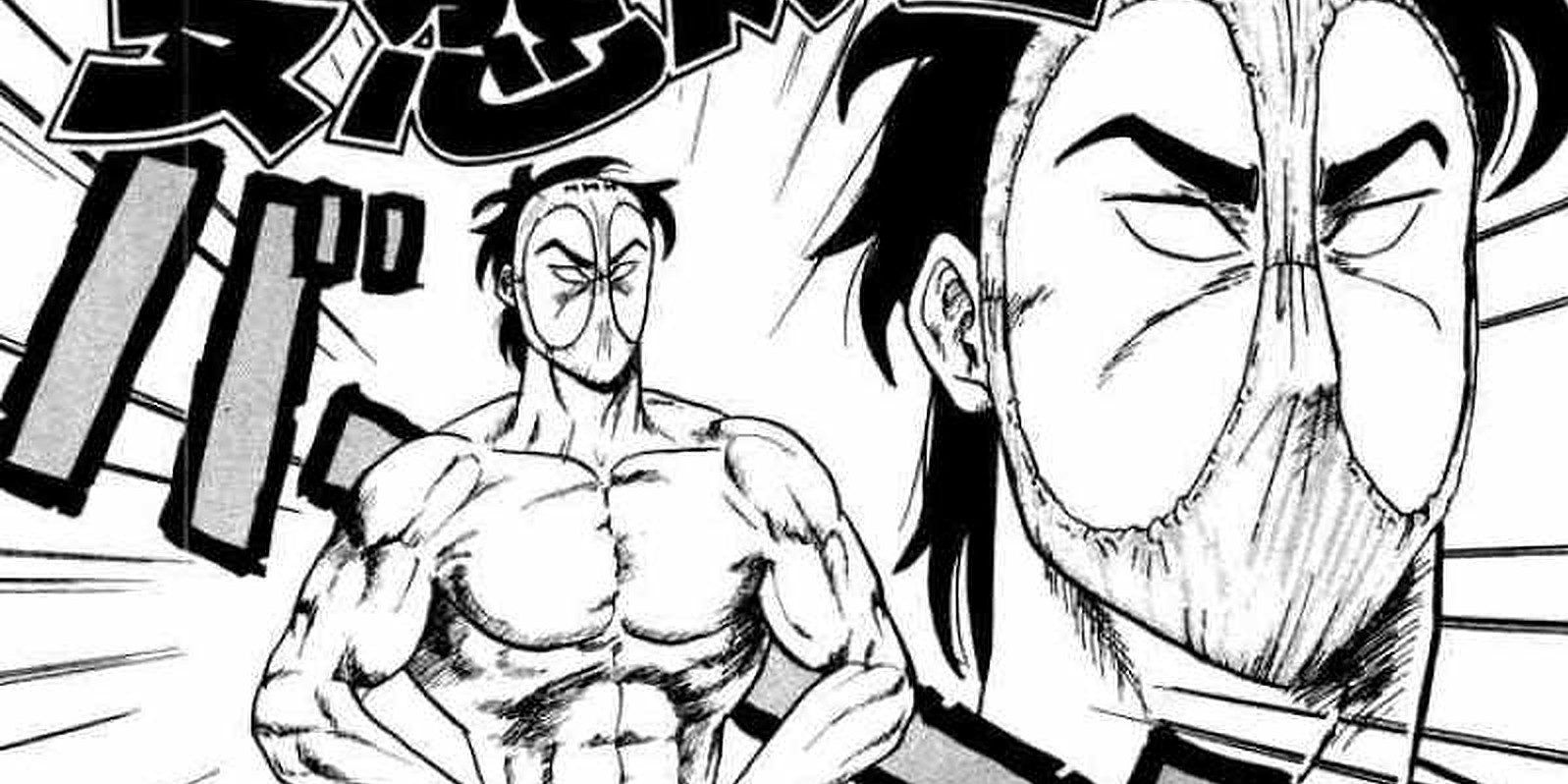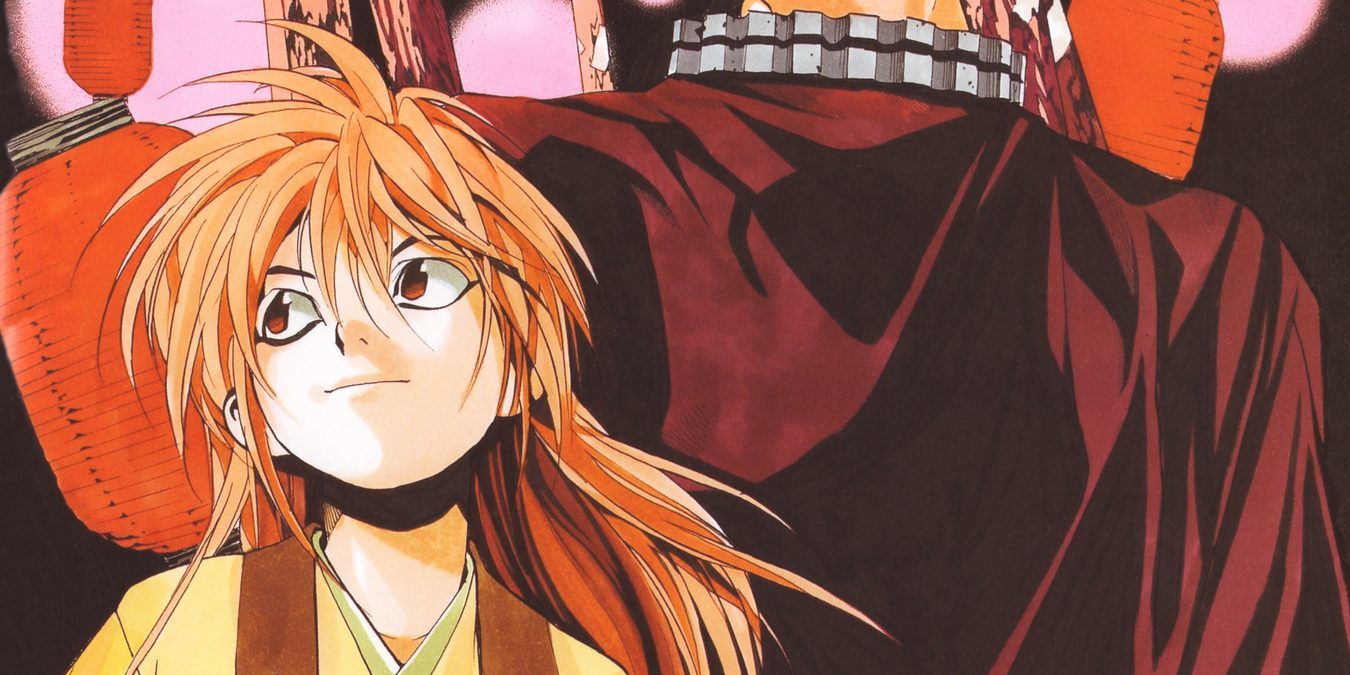Weekly Shonen Jump cancels manga titles on a regular basis, arguably prematurely in some cases, leaving them to disappear from popular consciousness. This is to be expected, in some ways, as it's hard for fans to keep up with every new manga that comes out unless they really stand out. But there have been series that while flawed or unable to compete with the likes of established hits like Yu Yu Hakusho or Naruto had a lot of potential, even if they flew under readers' radars during the time they were running in the magazine.
With that in mind, here are some relatively obscure Weekly Shonen Jump titles that were canceled approximately one year after being launched. They might not be the cream of the crop, but they're still worth checking out.
Tetsu no Don Quixote
First published in 1982, Tetsu no Don Quixote is a motorcycle racing manga centered on a young bike rider named Kurosu Gen, who becomes a champion in the motocross racing scene, also known as off-road motorcycle racing. Gen is promoted from the B-League to the A-League but upon doing so finds himself with more competition than ever before. The two-volume story centers on his races against the legendary Red Army, a league of motocross racers who have dominated the A-League and aren't ready for a hot-shot B-Leaguer to steal their spotlight.
Tetsu no Don Quixote is a brief manga that would've ended the career of its manga-ka had an editor at Jump, Nobuhiko Horie, not given the 22-year-old a second chance. The creator of Tetsu no Don Quixote is Tetsuo Hara and the manga that he would make to redeem himself in Jump after this was Fist of the North Star. Clearly, Horie could see signs of greatness in Don Quixote, the author just needed the right story to bring out. Don Quixote remains a wonderfully illustrated and fun sports manga all the same.
Otoko-Zaka
1984's Otoko-Zaka centers on Jingi Kikukawa, an alpha male 13-year-old who thinks he's incredibly tough because he's beaten up everyone in his middle school. However, this confident punk eventually has a reality check when he meets someone outside of his middle school and, predictably, gets his butt kicked. Not dismayed, Jingi decides to just train hard enough to beat up everyone in Japan.
Otoko-Zaka is a bizarre case on this list, since it was canceled after a year in Jump due to a lack of readership, only to come back decades later in 2014 as a serialized manga published online, ending with its 11th volume in 2020. Its creator, Masami Kurumada, has published several manga in his decade-spanning career, though he's most well-known for Saint Seiya.
Otoko-Zaka is essentially the distillation of Kurumada's feelings on true masculinity. It is also hard to read it and not think about later titles centered on middle school punks discovering a world larger than their immediate circle, like Yu Yu Hakusho or Slam Dunk.
Baoh
1984's Baoh barely lasted 10 months, yet packed in enough over-the-top wildness to satisfy horror junkies for 10 years. The series focuses on 17-year-old Ikurou Hashizawa, who, with the help of a 9-year-old psychic girl named Sumire, escapes a secret laboratory. Ikurou has been infused with the Baoh parasite, a monstrous doomsday weapon that could bring the end of humanity. While these two try to run away, the government pursues them, resulting in some grotesque body horror and gory violence.
Baoh is one of the most exaggerated horror manga to ever be published in Jump. This should come as no surprise, of course, when you learn that Baoh was created by Hirohiko Araki, who, just two years after Baoh's cancelation, would create JoJo's Bizarre Adventure. While the manga was canceled, it did prove popular enough to inspire a single-episode OVA by Studio Pierrot and Toho. Baoh feels very much in the style of Guyver or Genocyber, only through the lens of the man who would one day create the Joestar Family.
Tende Shōwaru Cupid
Tende Shōwaru Cupid centers on a 15-year-old boy named Ryuji, who is shy but sweet. He also happens to be the son of a long line of yakuza bosses, who are sick and tired of their boy being too sensitive and want him to become a real playboy instead. To this end, they hire a literal devil -- the adorable Maria -- to teach Ryuji how to be a playboy like their parents. Social awkwardness and hilarity ensue.
Tende Shōwaru Cupid is noteworthy for a few reasons. It is the debut work of Yoshihiro Togashi, arguably one of the greatest manga creators to ever work for Jump. However, Togashi considers this manga an absolute failure. The manga wasn't truly canceled; rather, Togashi felt such great anxiety trying to write romance he just stopped and created Yu Yu Hakusho instead.
However, while Togashi considers his early effort a flop, there's a lot to like in this manga. It sports a lot of well-rounded, likable characters. The premise -- especially the divide between the expectations of family vs. your own personal happiness -- is sincere in its message. It's not a bad four-volume romance, though it obviously pales in comparison to the work Togashi would create in the years to come.
Kyūkyoku!! Hentai Kamen
Starting in 1992 and ending in 1993, just slightly over a year from its debut, Kyūkyoku!! is an absurd comedy series that focuses on a teenage martial arts student named Kyosuke who is remarkably incompetent with women. However, one day when the girl he's crushing on, Aiko, is taken hostage, he dons an improvised disguise with the first thing he can find: a pair of panties. To his surprise, he finds himself gaining superpowers due to some inherent perverted genetic code in his system. This leads him to become a panty-wearing superhero because... of course, it does.
As a parody of superhero comics, it actually gained a decent degree of success in Japan and received multiple live-action adaptations. The story is pretty stupid and much of the humor is fairly dated. However, for fans of concepts too ridiculous to take seriously, this isn't a bad option. At a short 56 chapters, plus a 2008 revival by School Rumble author Jin Kobayashi, there is enough material here to give occupy you for a weekend.
Doll Puppeteer Sakon
Doll Puppeteer Sakon is a mystery shonen series that lasted only eight months in Jump, ending in 1996. This might have to do with just how surreal the premise was. Doll Puppeteer Sakon focuses on Sakon, a puppeteer detective who considers his 100-year-old puppet to be part of his family, with the puppet coming to life whenever Sakon holds him. The two solve crimes together, often being underestimated by the criminal underworld due to their odd couple setup.
Doll Puppeteer Sakon was written by Masaru Miyazaki. However, while Miyazaki has done other work, the manga's illustrator, Takeshi Obata, is more noteworthy to long-time Jump fans. The illustrator is most notable for works such as Death Note, Hikaru no Go and Bakuman. Doll Puppeteer Sakon might be one of his more obscure works for Jump, but for the beautiful artwork alone, it is worth searching for.

